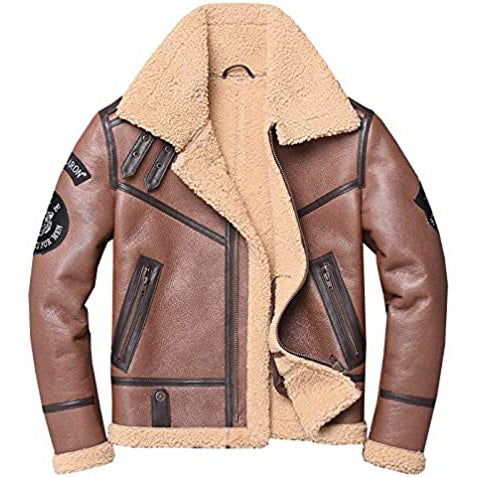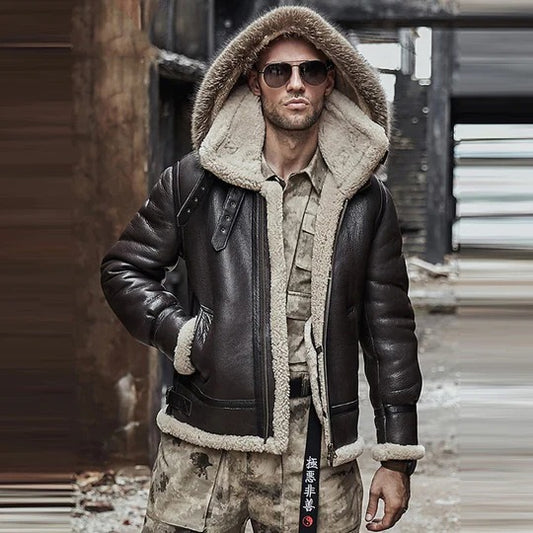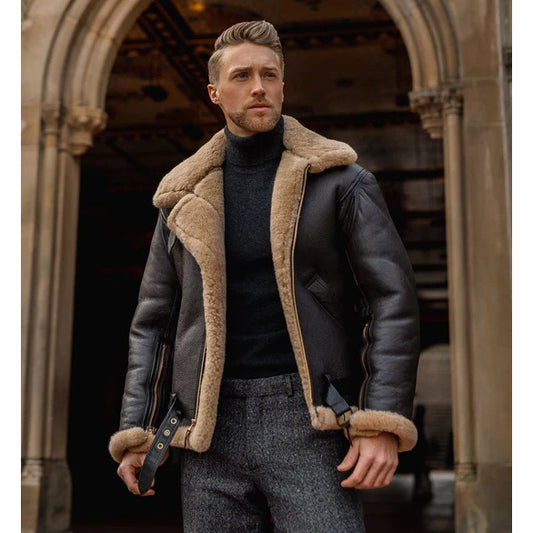What Is Genuine Leather?
In the world of fashion and craftsmanship, the term "genuine leather" is often tossed around. But what does it really mean? Is it synonymous with quality, or is there more to this material than meets the eye? In this article, we will delve into the intricacies of genuine leather, exploring its characteristics, types, and why it's a prized material in various industries.
The Nature of Genuine Leather
Genuine leather is a term used to describe leather that is made from the hide of an animal. It's important to note that not all leather is created equal, and genuine leather stands at the top of the hierarchy due to its unique qualities.
What Sets Genuine Leather Apart?
Genuine leather possesses several distinctive traits that set it apart from synthetic alternatives:
-
Durability: One of the primary reasons why genuine leather is highly regarded is its durability. It can withstand years of use and still maintain its integrity.
-
Natural Aesthetics: Genuine leather boasts a natural, rustic beauty that cannot be replicated by synthetic materials. Each piece of genuine leather tells a story through its unique grain patterns and imperfections.
-
Breathability: Unlike synthetic leather, genuine leather is breathable, making it comfortable to wear in various weather conditions.
-
Aging Gracefully: Genuine leather ages gracefully, developing a rich patina over time. This aging process enhances its visual appeal.
Types of Genuine Leather
Not all genuine leather is the same; there are different types, each with its own characteristics and applications.
Full-Grain Leather
Full-grain leather is the highest quality of genuine leather. It is made from the top layer of the hide and retains the natural grain. This type of leather is known for its strength and durability. It's often used in high-end products like luxury bags and furniture.
Top-Grain Leather
Top-grain leather is slightly altered from full-grain leather. It undergoes a sanding process to remove imperfections and is then embossed with a faux grain pattern. While it's not as durable as full-grain leather, it is still of high quality and is used in many leather goods.
Split-Grain Leather
Split-grain leather is derived from the layers beneath the top grain. It is more affordable but lacks the durability of full and top-grain leather. It is often used in suede products and less expensive leather goods.
Bonded Leather
Bonded leather is made from leather scraps that are bonded together with adhesive. While it contains some real leather, it is generally considered of lower quality and is used in budget-friendly items.
Genuine Leather in Different Industries
The versatility of genuine leather is evident in its use across various industries.
Fashion Industry
In the world of fashion, genuine leather is synonymous with luxury. Leather jackets, handbags, and shoes crafted from high-quality leather are coveted for their style and durability.
Furniture Industry
Leather furniture is known for its sophistication and comfort. Genuine leather sofas, chairs, and ottomans are sought after for their durability and timeless appeal.
Automotive Industry
Many luxury car interiors are adorned with genuine leather seats and upholstery. It adds a touch of opulence and comfort to the driving experience.
The Sustainability Question
As the world becomes more conscious of environmental issues, there are questions about the sustainability of using genuine leather. Animal rights activists have concerns about the treatment of animals in the leather industry, while environmentalists raise alarms about the resources required to produce leather.
Finding a Balance
Balancing the desire for genuine leather with sustainability concerns is a complex issue. Some companies are exploring alternative leather production methods that are more eco-friendly, such as lab-grown leather and plant-based alternatives.
Conclusion
In conclusion, genuine leather is a material that has stood the test of time. Its durability, natural beauty, and versatility have made it a staple in fashion, furniture, and automotive industries. However, as the world evolves, the leather industry is also adapting to address sustainability concerns. The future of genuine leather may involve innovative approaches that combine its timeless appeal with a more eco-friendly ethos. So, the next time you admire a well-crafted leather item, you'll have a deeper appreciation for the craftsmanship and history behind genuine leather.




